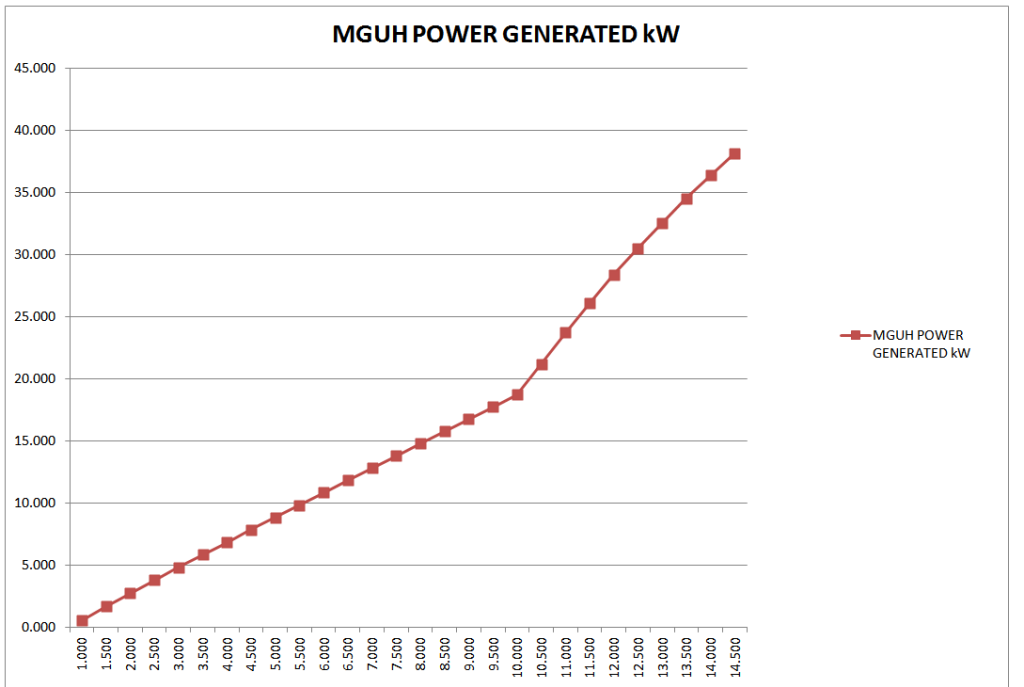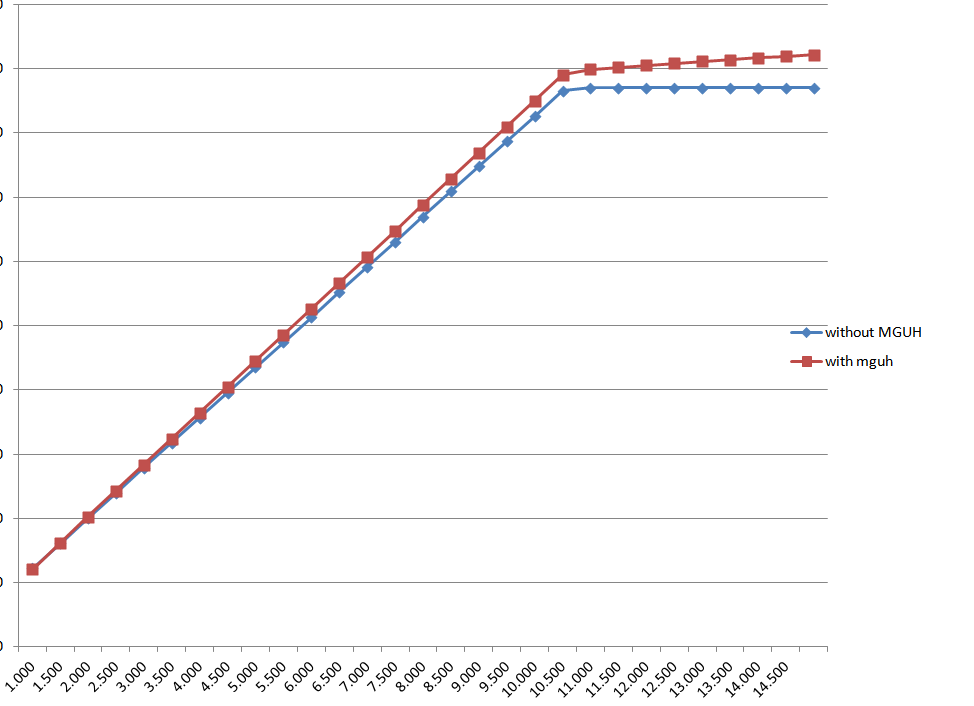ringo wrote:
The car will have a mind of it's own. Some kind of traction monitoring has to take place. So i don't know what the F1 means by lack of traction control. They probably can run algorithms that don't rely on wheel spin feed back; solely battery state of charge, air flow, engine speed and what have you, but it's a blurry line between engine management and traction management. I guess it will just delivery excess power to MGUK blindly?
This is why i assumed a KERS button will be used, or some kind of analogue trigger or twist grip

.
It's very complex and i don't know how the driver is going to be aware of what power he has available, he will have to respond to the car, and ease his right foot or press more. No longer the car responding to the driver. The engine will behave weak some laps, strong at others, and at different times and on different tyres. Interesting stuff.
It's my understanding that there will still be a SECU running the show, right?
If so, teams are not allowed do introduce algorithms to the control system. Just graphs factoring a bunch of input parameters (RPM, pedal position, temperatures, air density and O2 concentration and the whatnot) to a couple of controlled devices, like fuel injection amount and timing, spark timing, and so on.
This will allow teams to make N numbers of combinations on how the engine will behave, and the MGUK linked to it, creating responses varying between gentle and balls to the walls. But in any circumstances they will be able to factor wheel acceleration, body forward acceleration, boody speed and gear engaged into the equation.
And that's what limits traction control. And that's why the SECU is there.
Take this simple practical example: in a given track, at the exit of a given turn, engine mapping is shaped in a way that the driver floors it and the rear wheels are at optimal performance accelerating up the straight. Works great up to lap 3, but right ahead said car in said turn during lap 4 someone blows a gasket and leaves water and oil on the tarmac. The driver floors it, and while a car with traction control would sense the wheels accelerating way ahead of the car and start chocking the engine, our car can't see this - so it will keep reading it's script along the RPM curve like nothing different is going on, while the tyres have already lost traction.
EDIT: A great reading on the subject of controls is the thread that was running a few months ago where it was described the innerworking of active suspensions and it's development by a Lotus related dude. He mentions the use of predefined mappings trying to antecipate track situations and how it failed.
EDIT2: Here it is, I guess it wasn't even tried:
DaveW wrote:hardingfv32 wrote:Do you have any knowledge of lap 'memorizing' every being used in F1?
Can you expand on some of the implementation issues?
No, but it would not surprise me.
The objective (in our case) would have been to identify the lowest ride that could be run around the circuit without running out of suspension travel, or grounding. To be successful:
We had to have a reliable measure of front & rear ride height (we didn't),
We had to be able to store & update time histories of target suspension position (to make it easy, we needed the capacity to store two target positions every millisecond).
We needed a reliable "start of lap" signal (not completely reliable at the time).
We needed a reliable way of estimating distance travelled in real time (forward & backward optimization not permitted).
The routine had to converge on a solution in one lap (qualifying).
Ride heights had to be updated to account for tyre pressure/temperature changes.
Ride heights were only really important though corners, and the trajectory through each corner had to be repeatable (arguably).
I can't think of any more at present, but that should be enough, I think.







